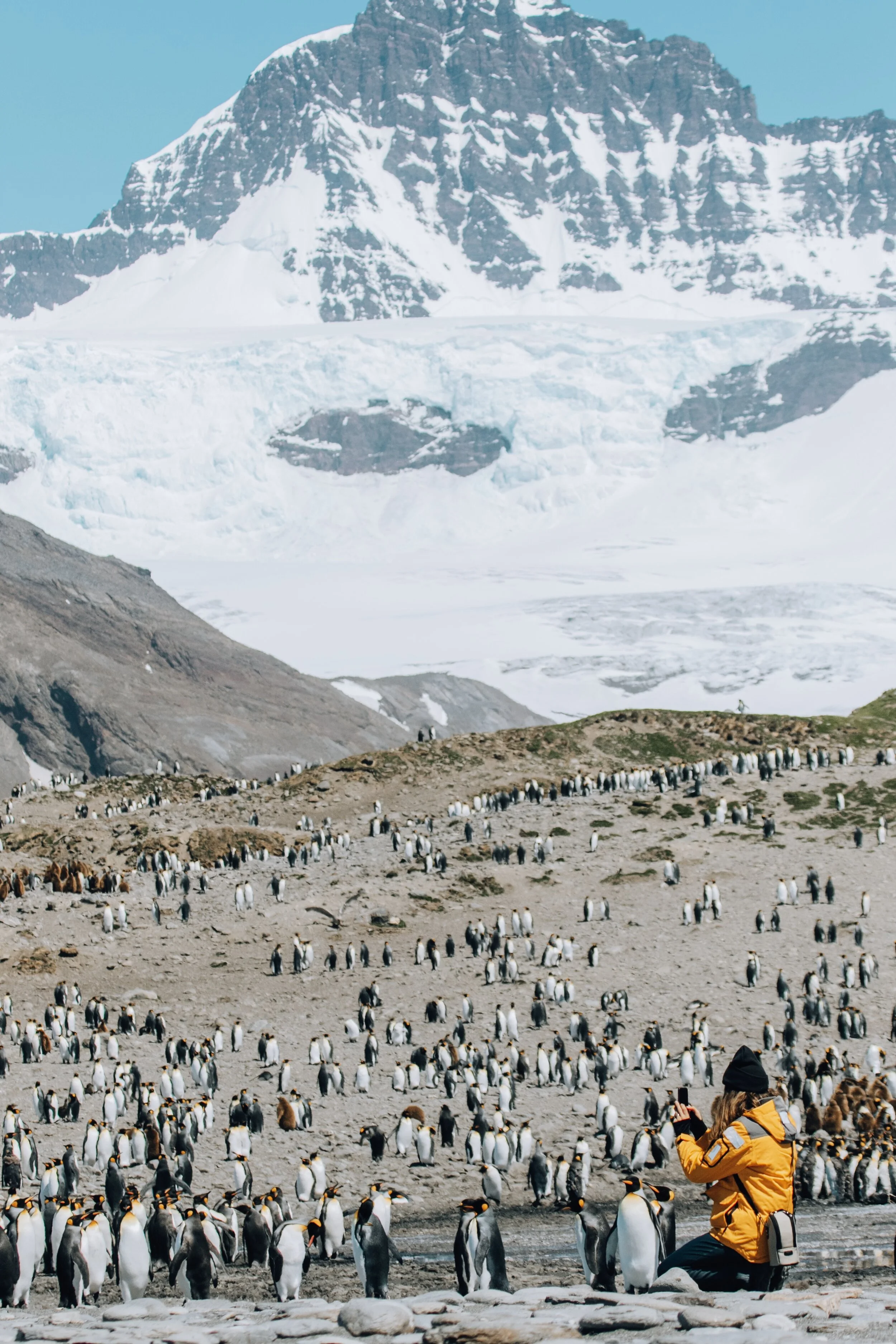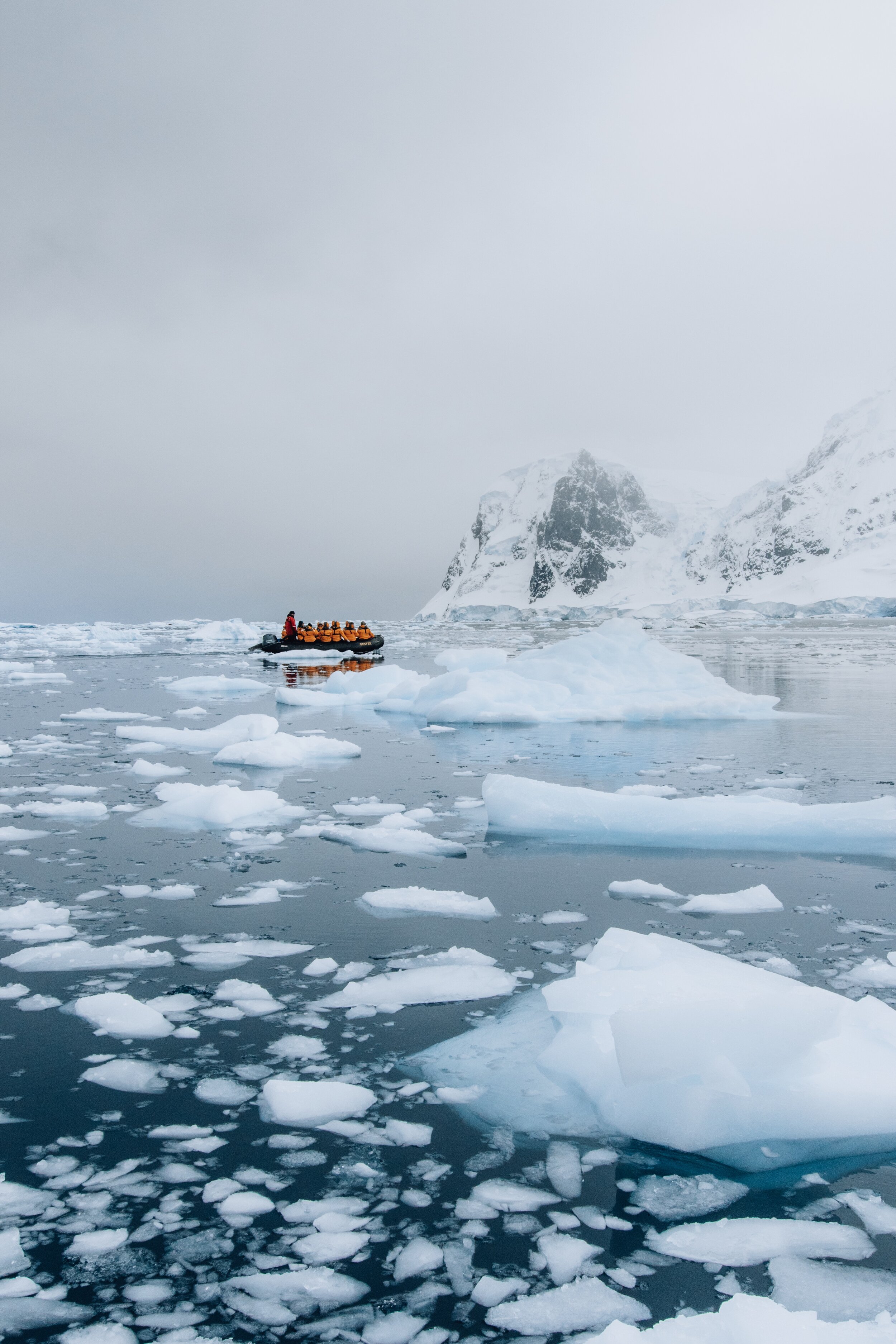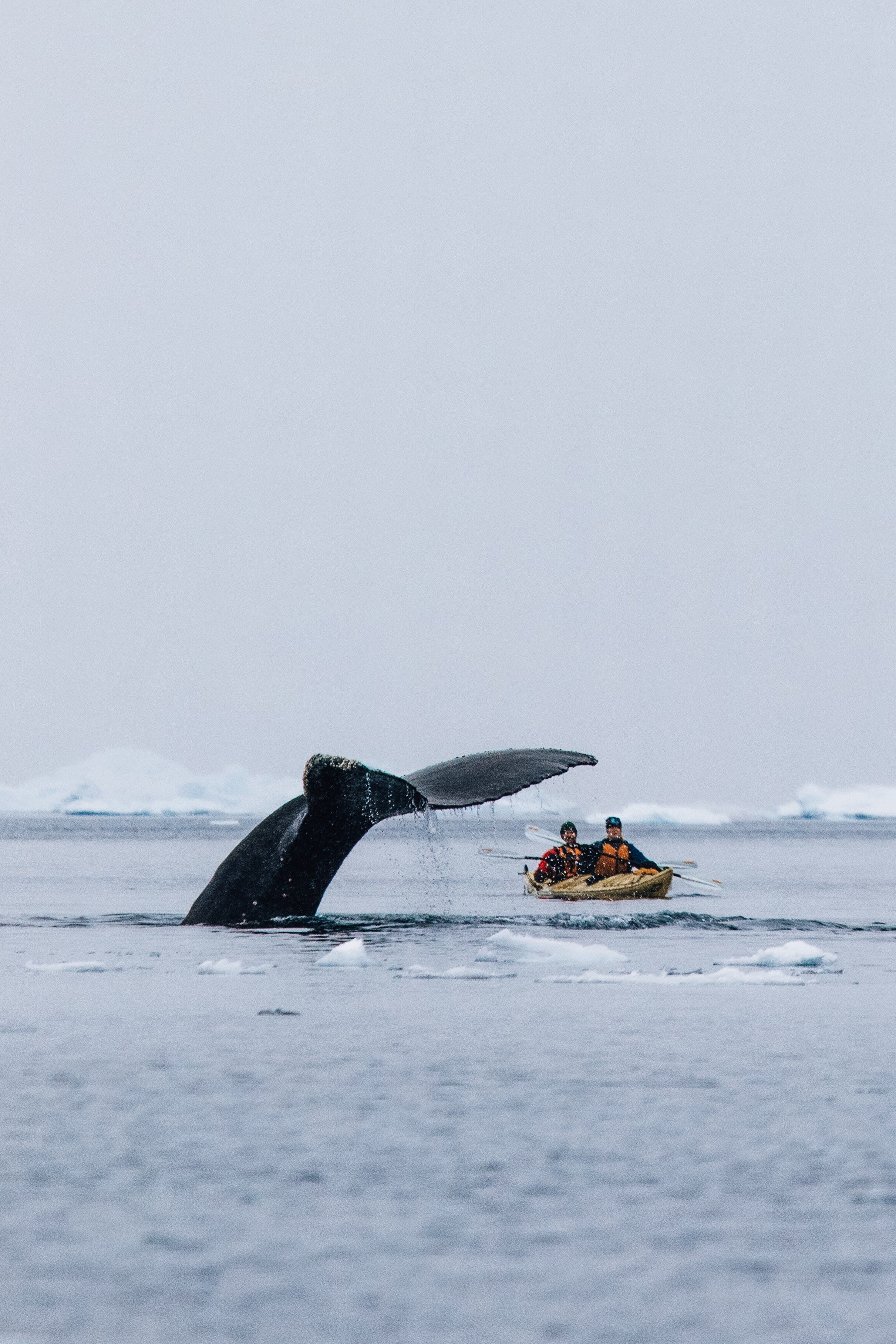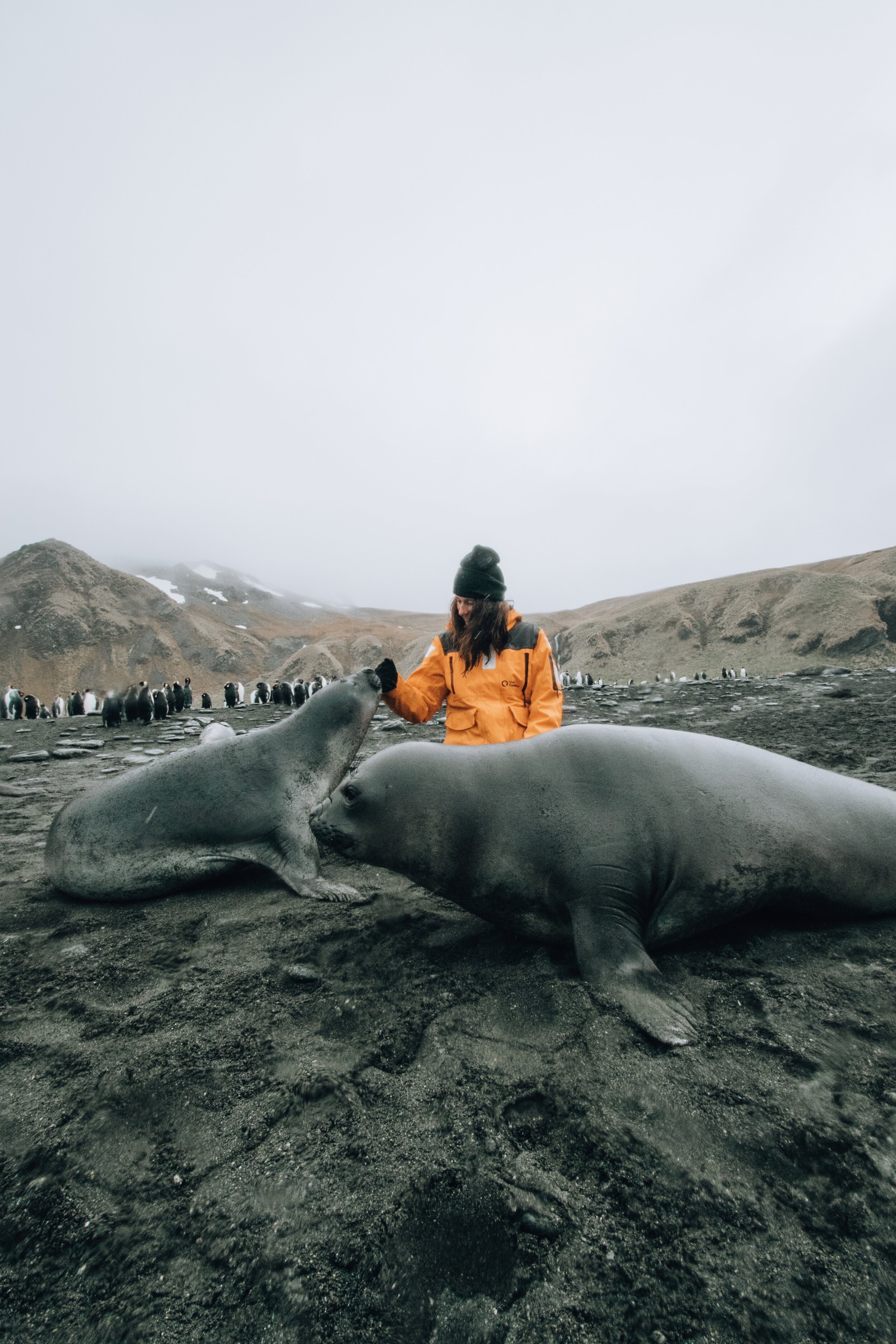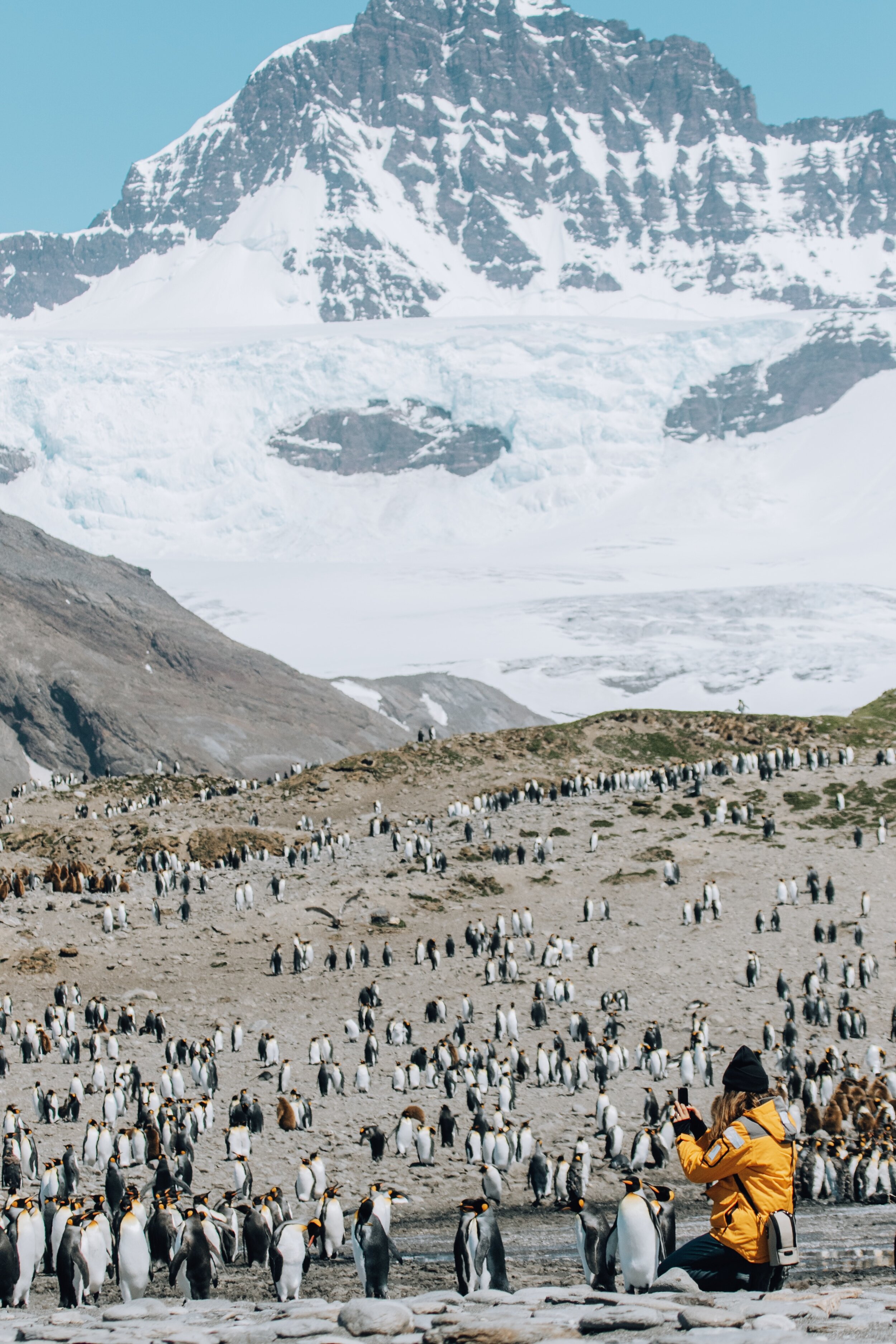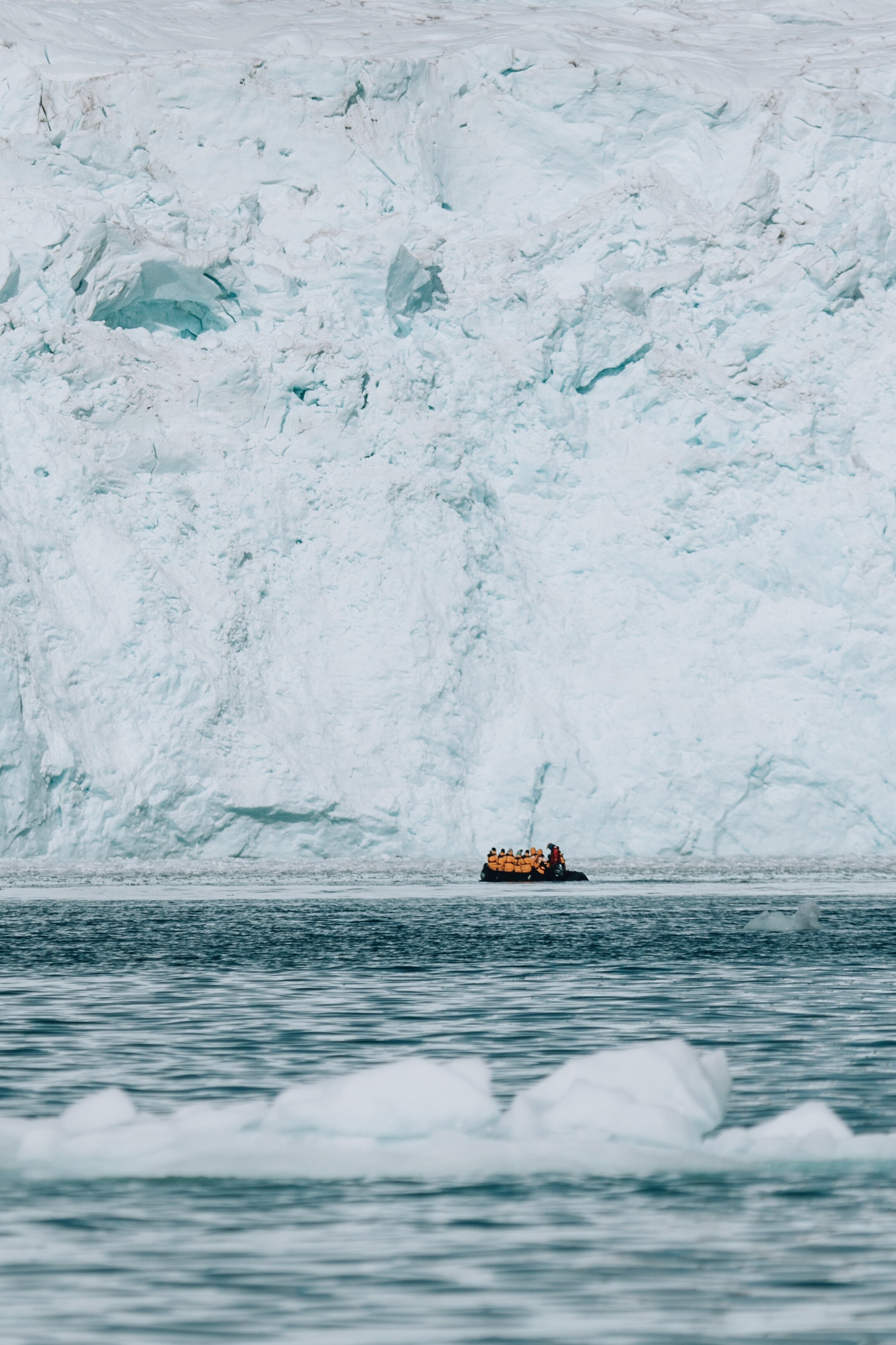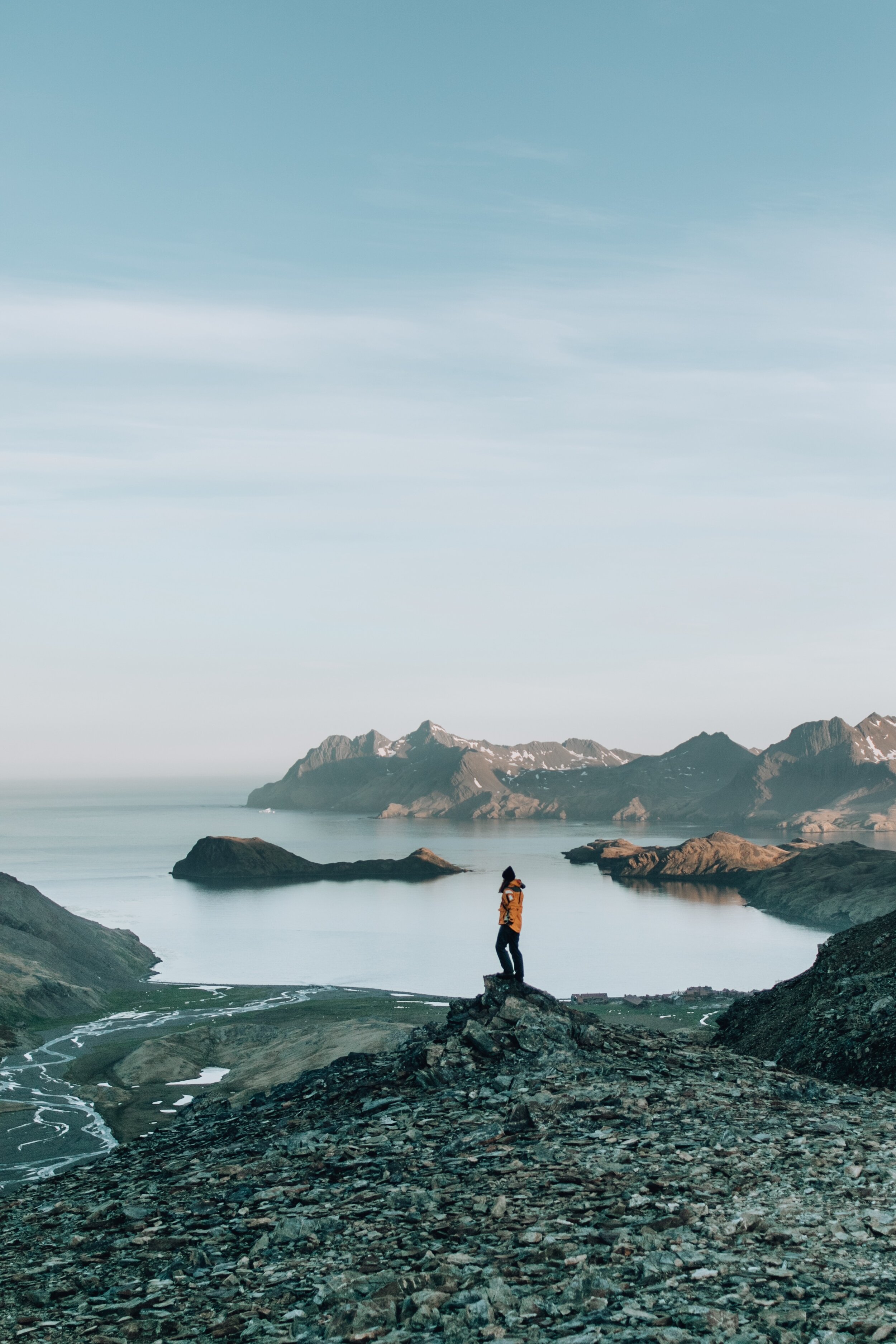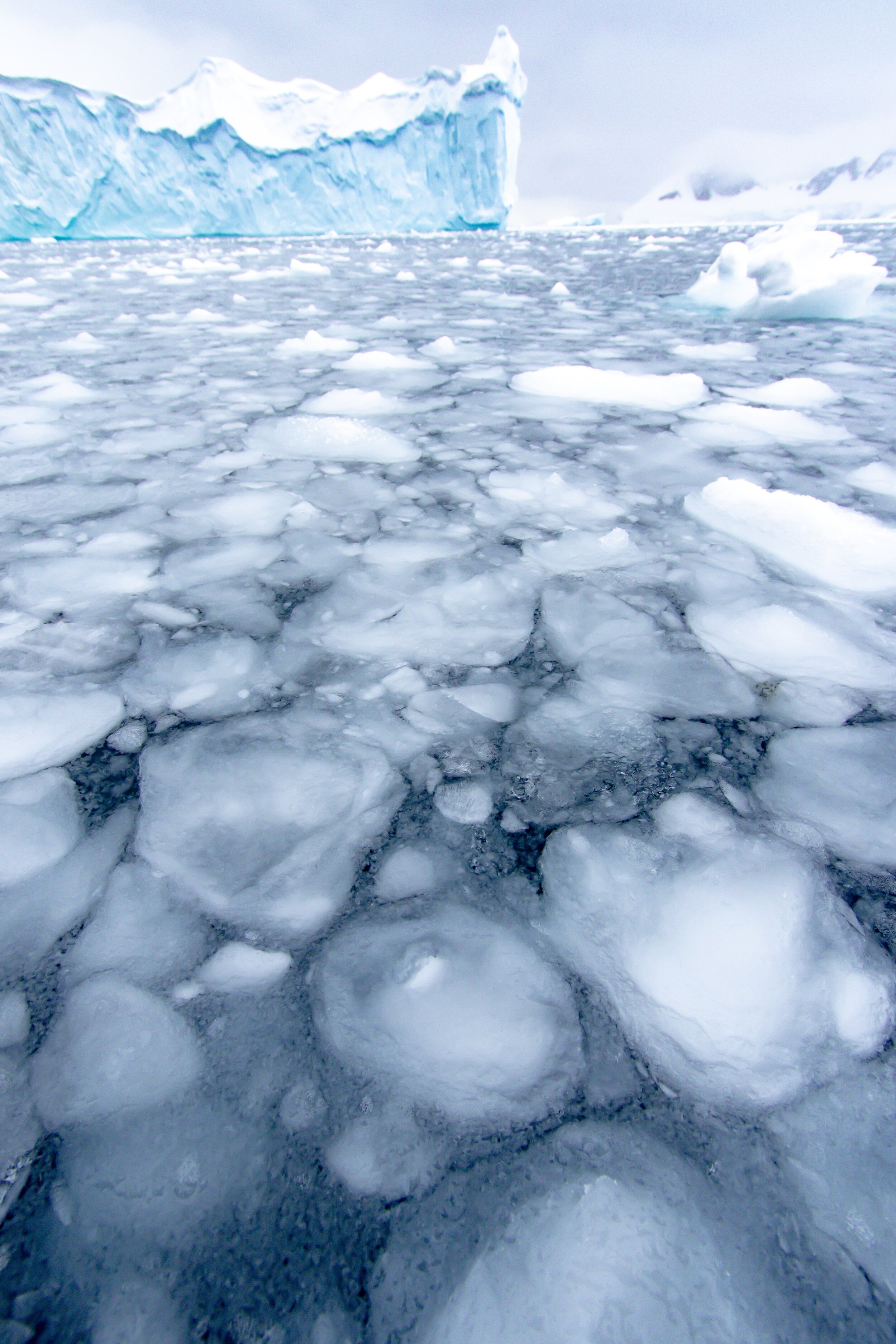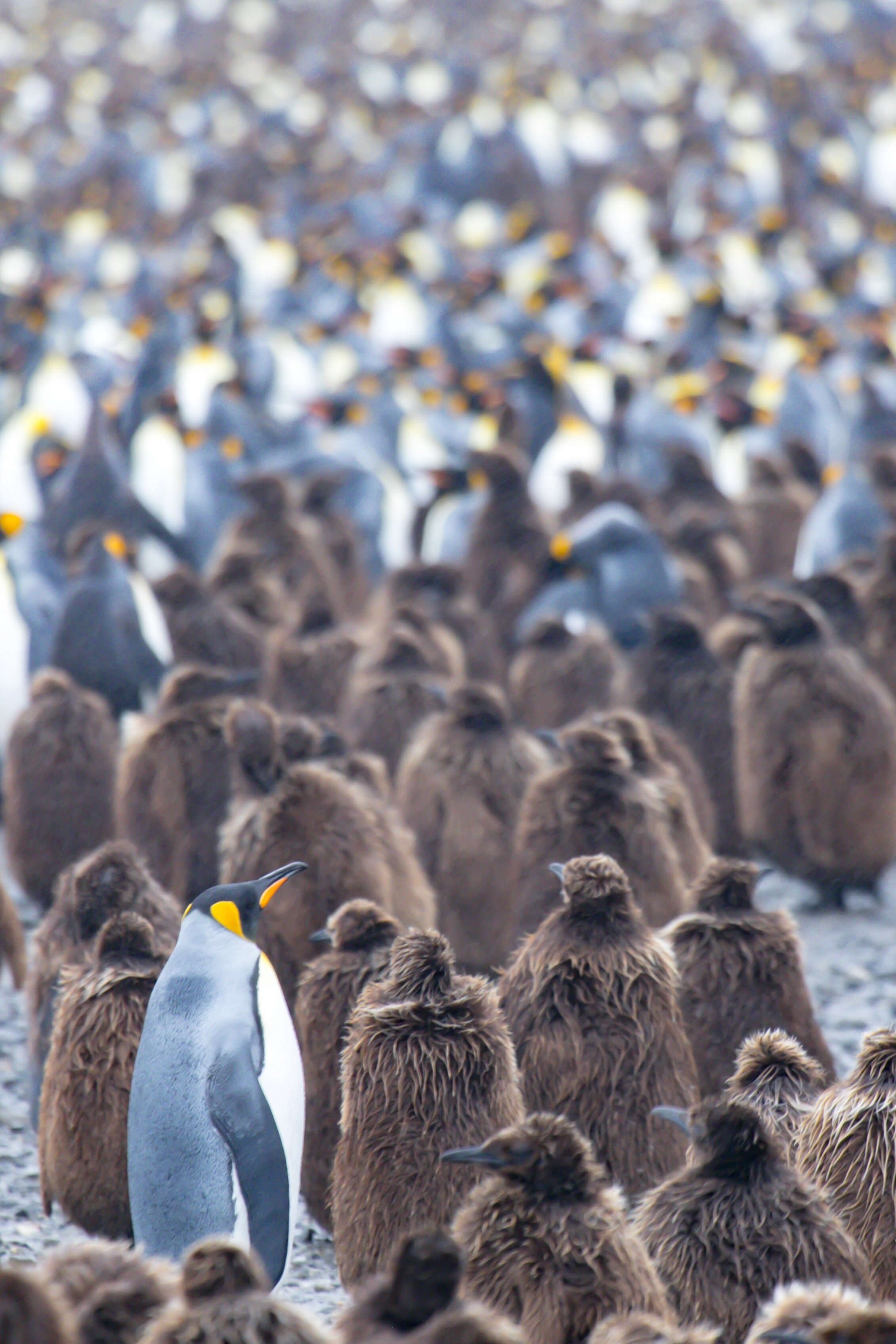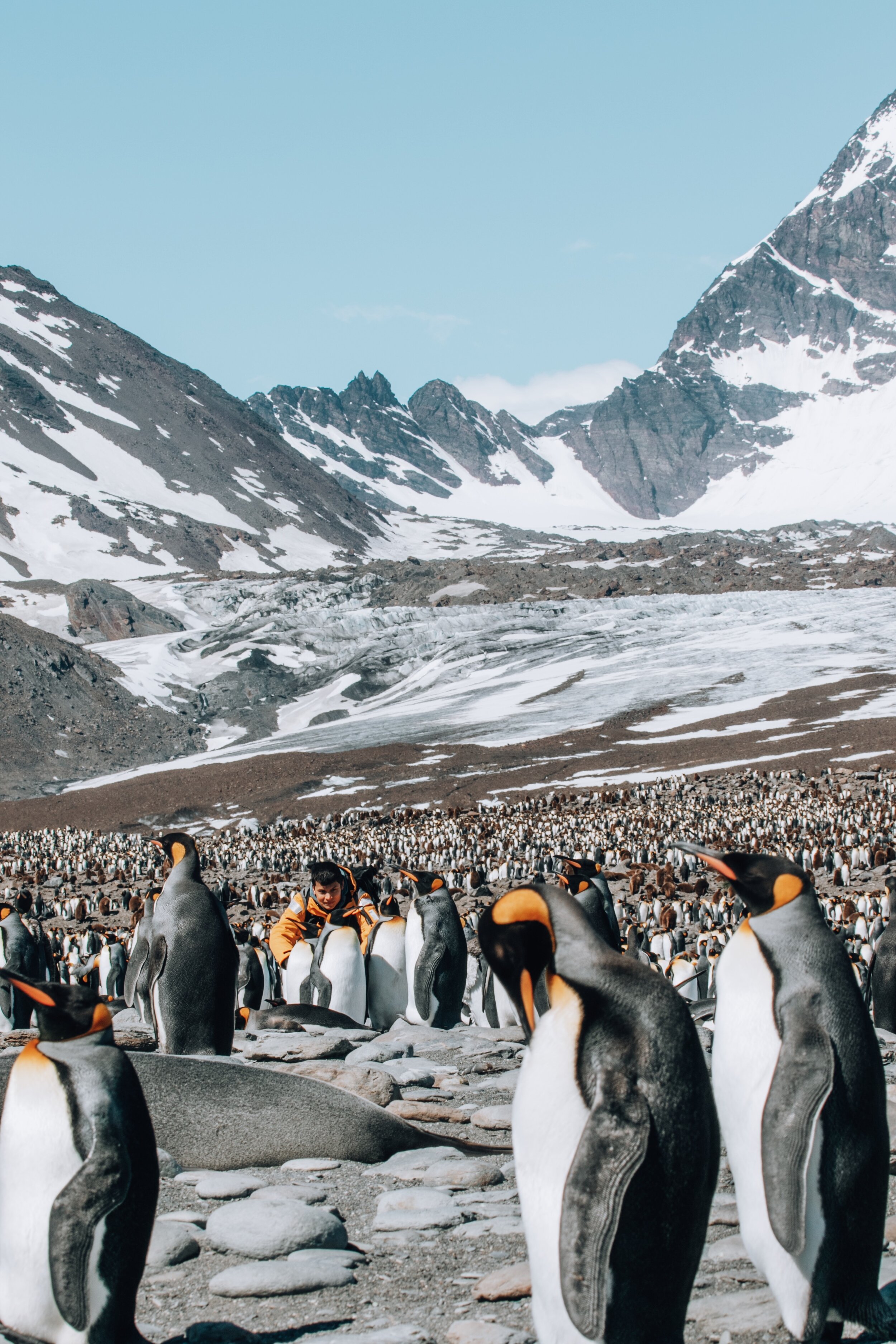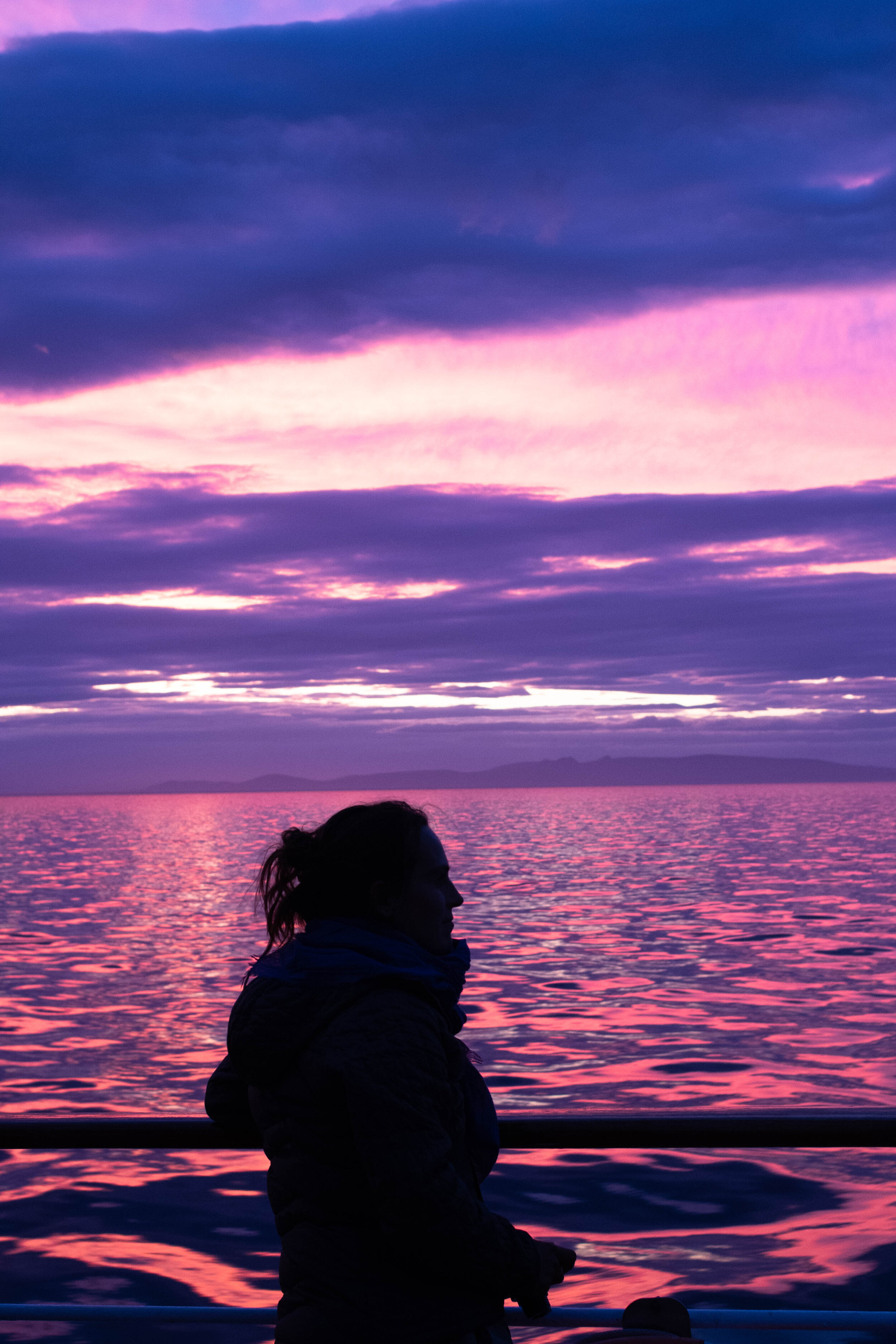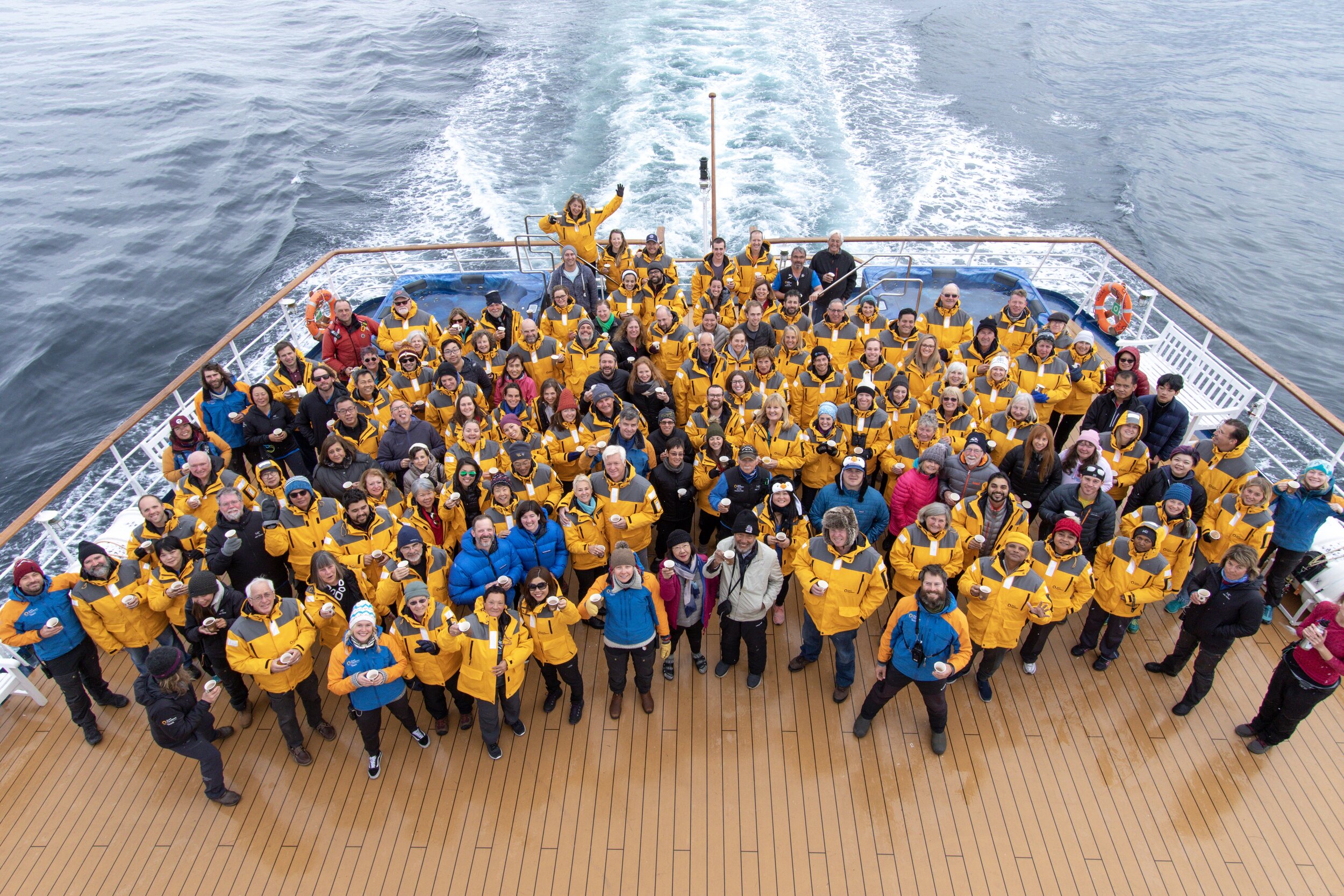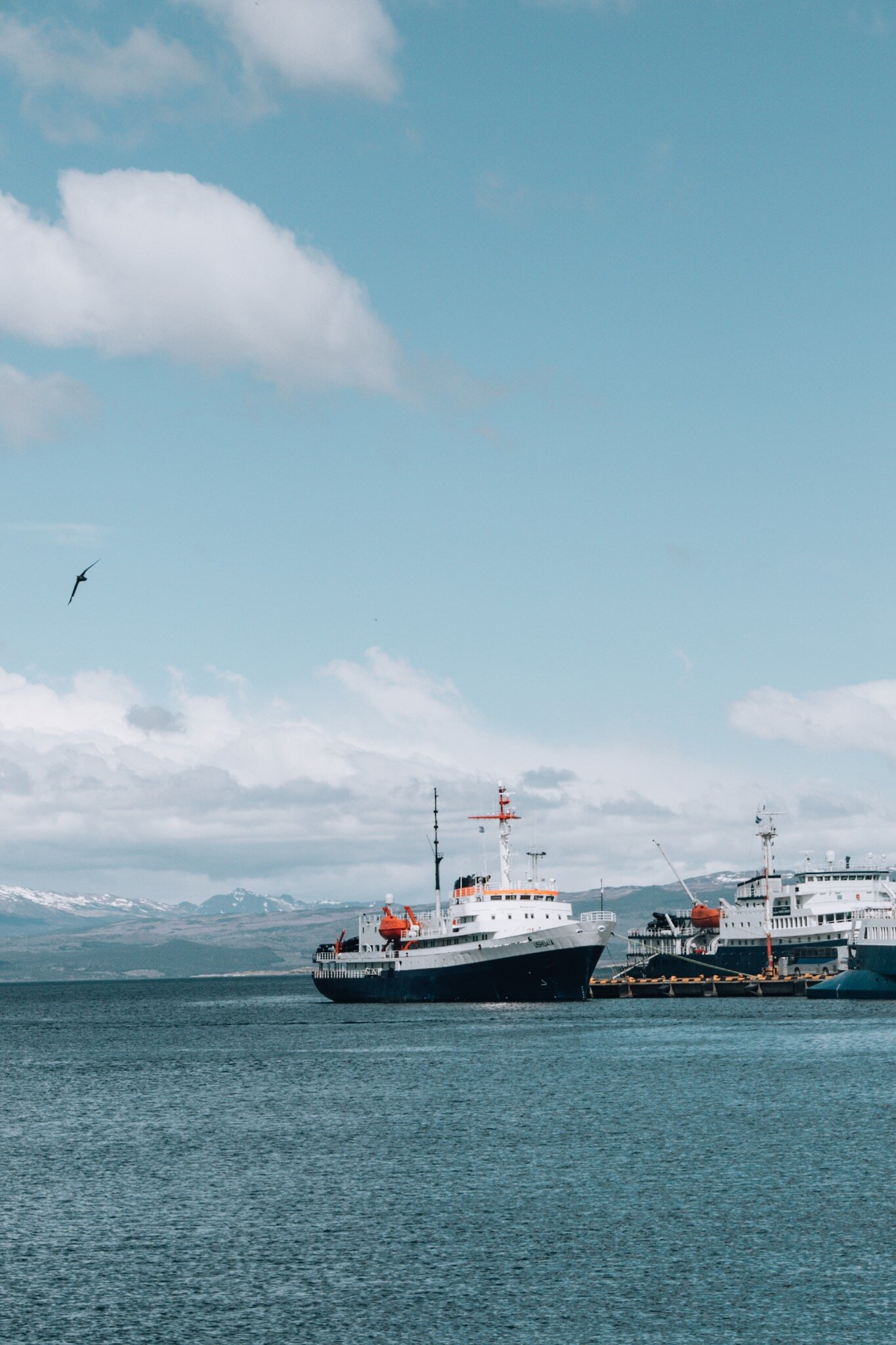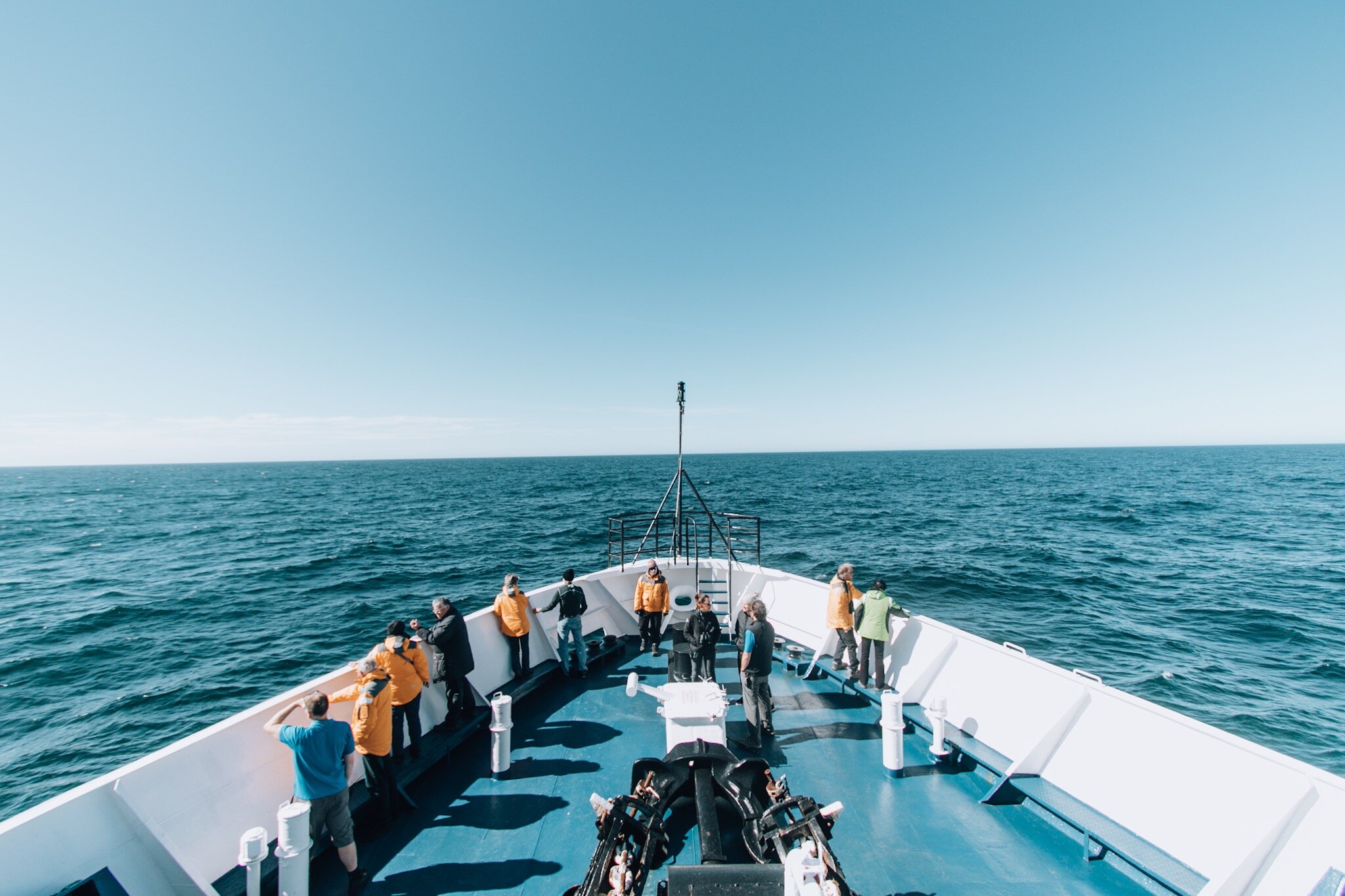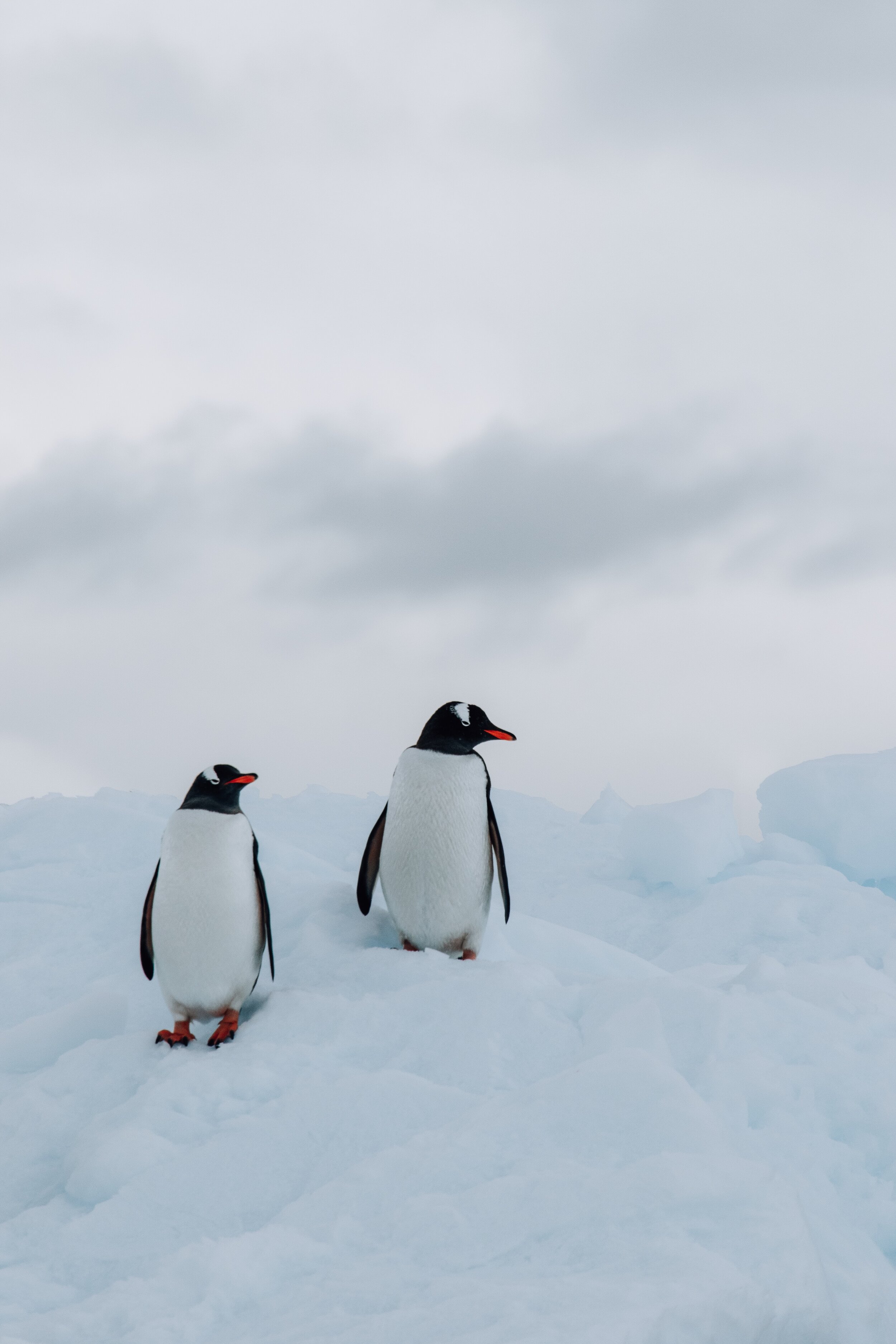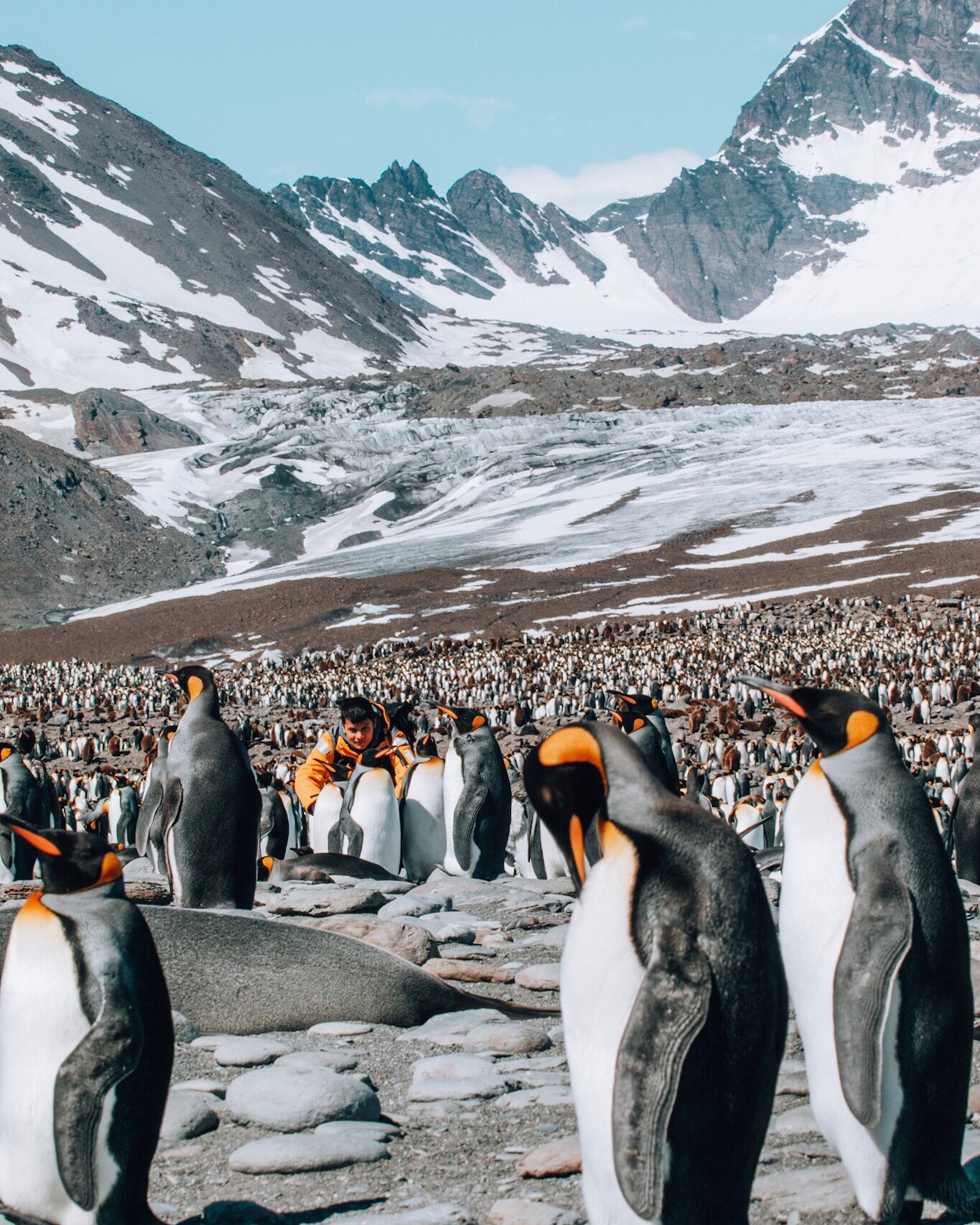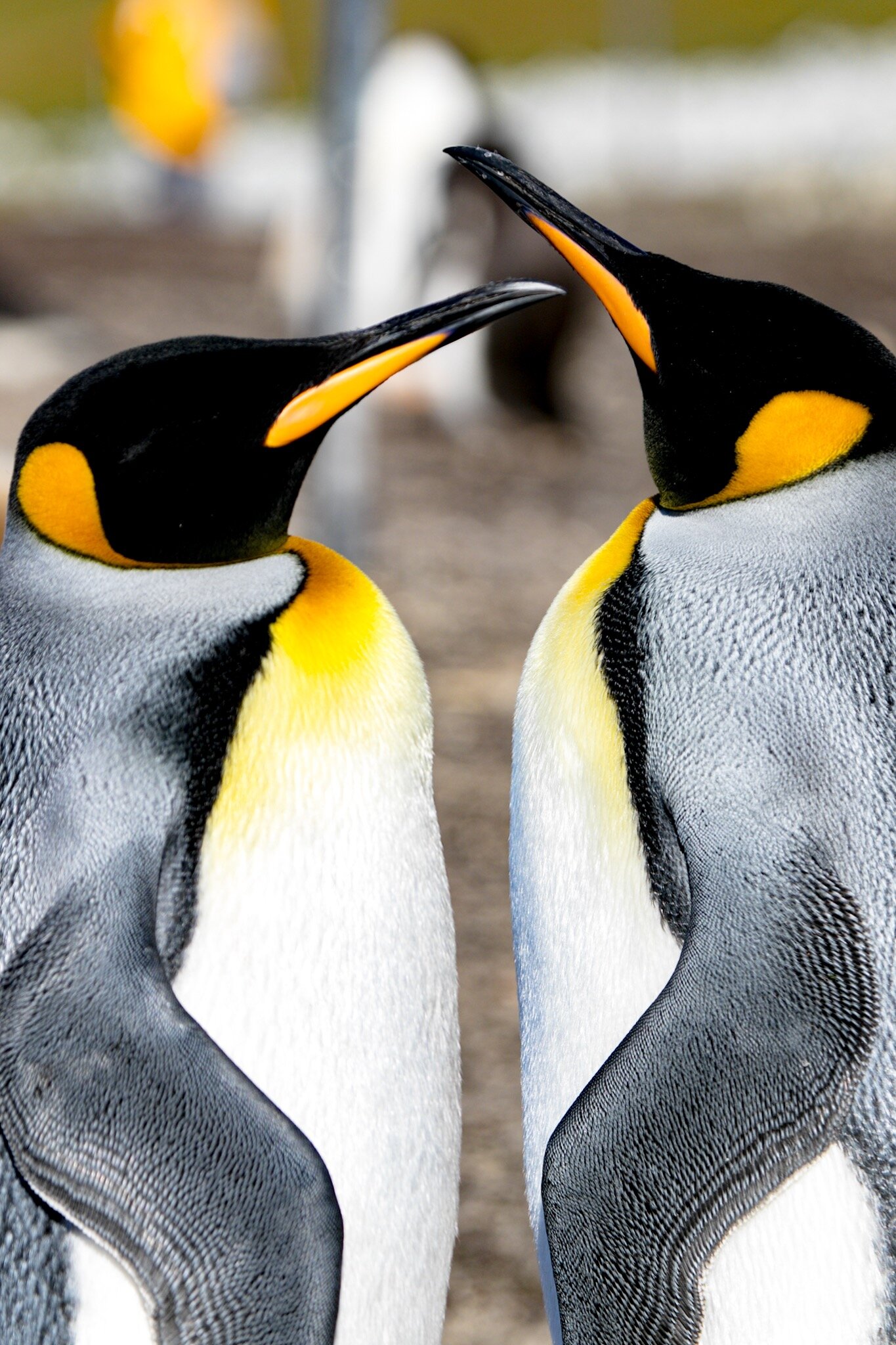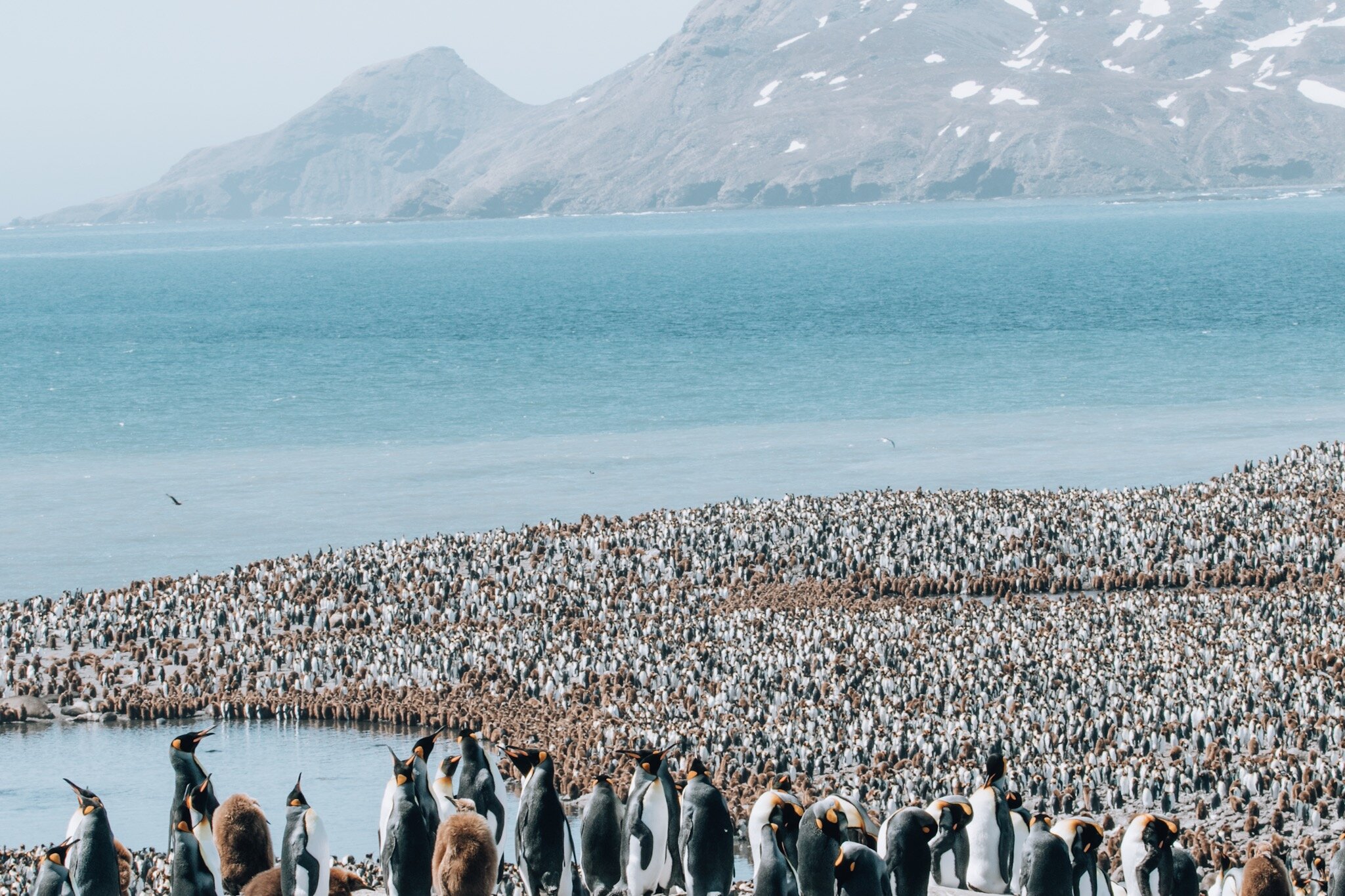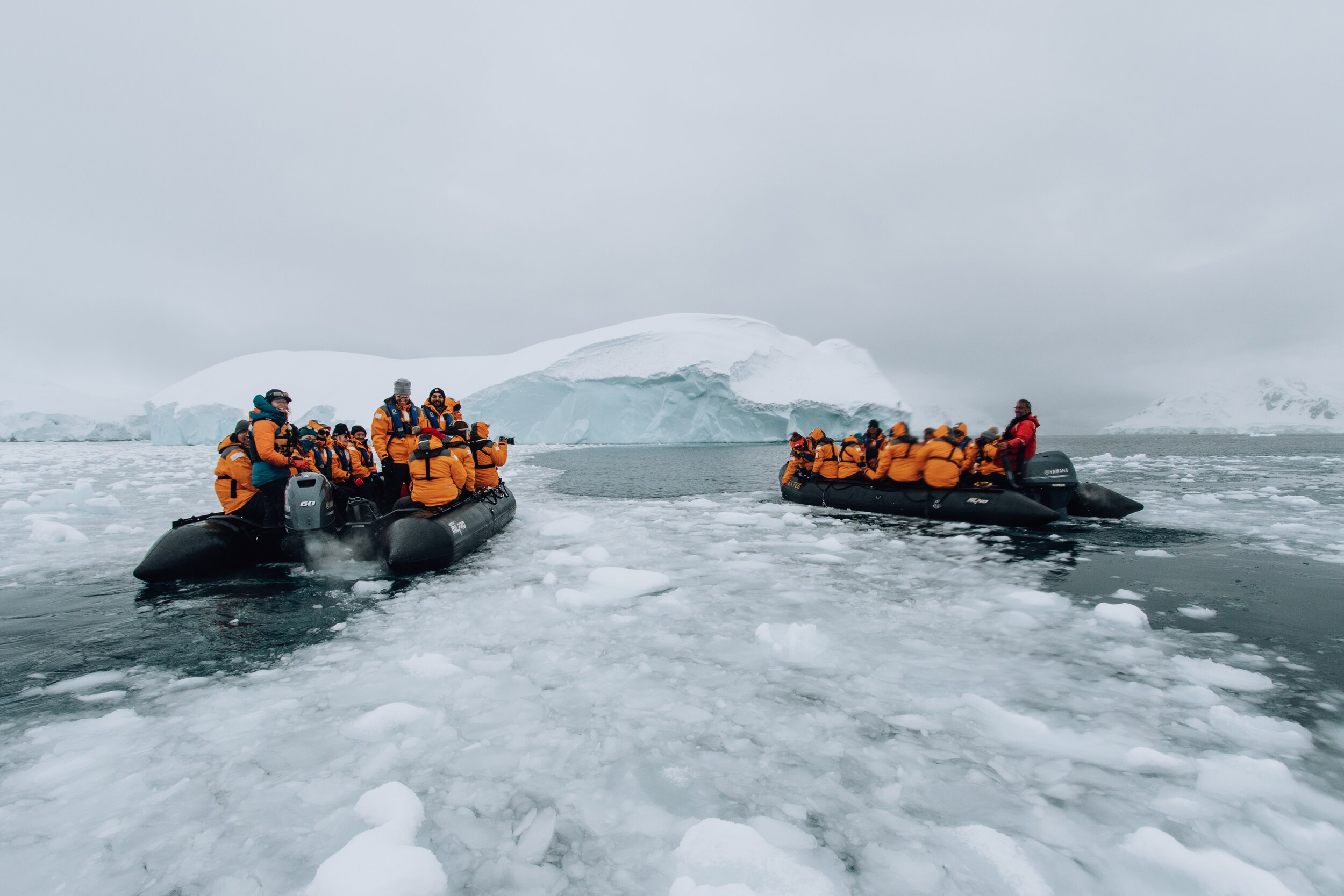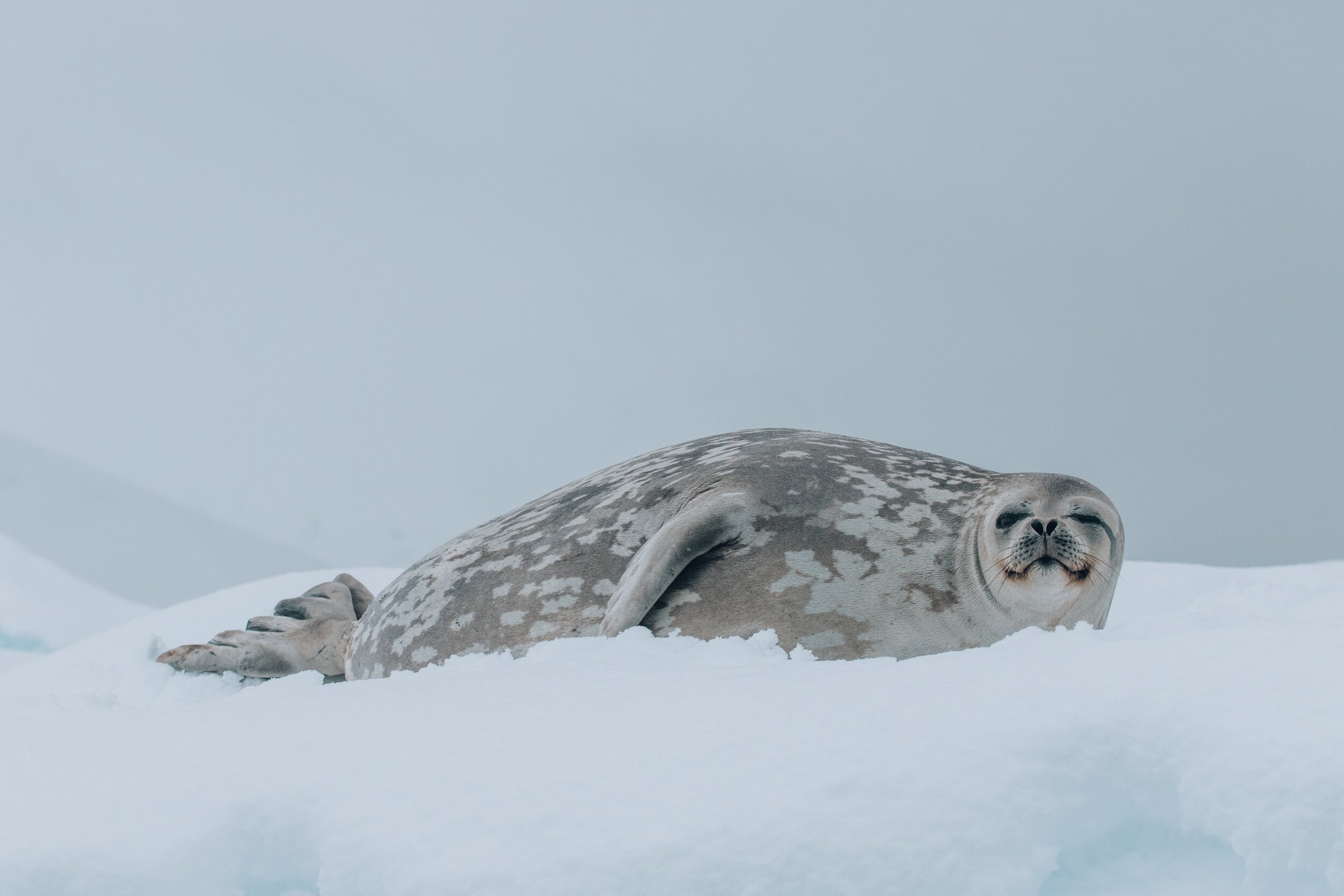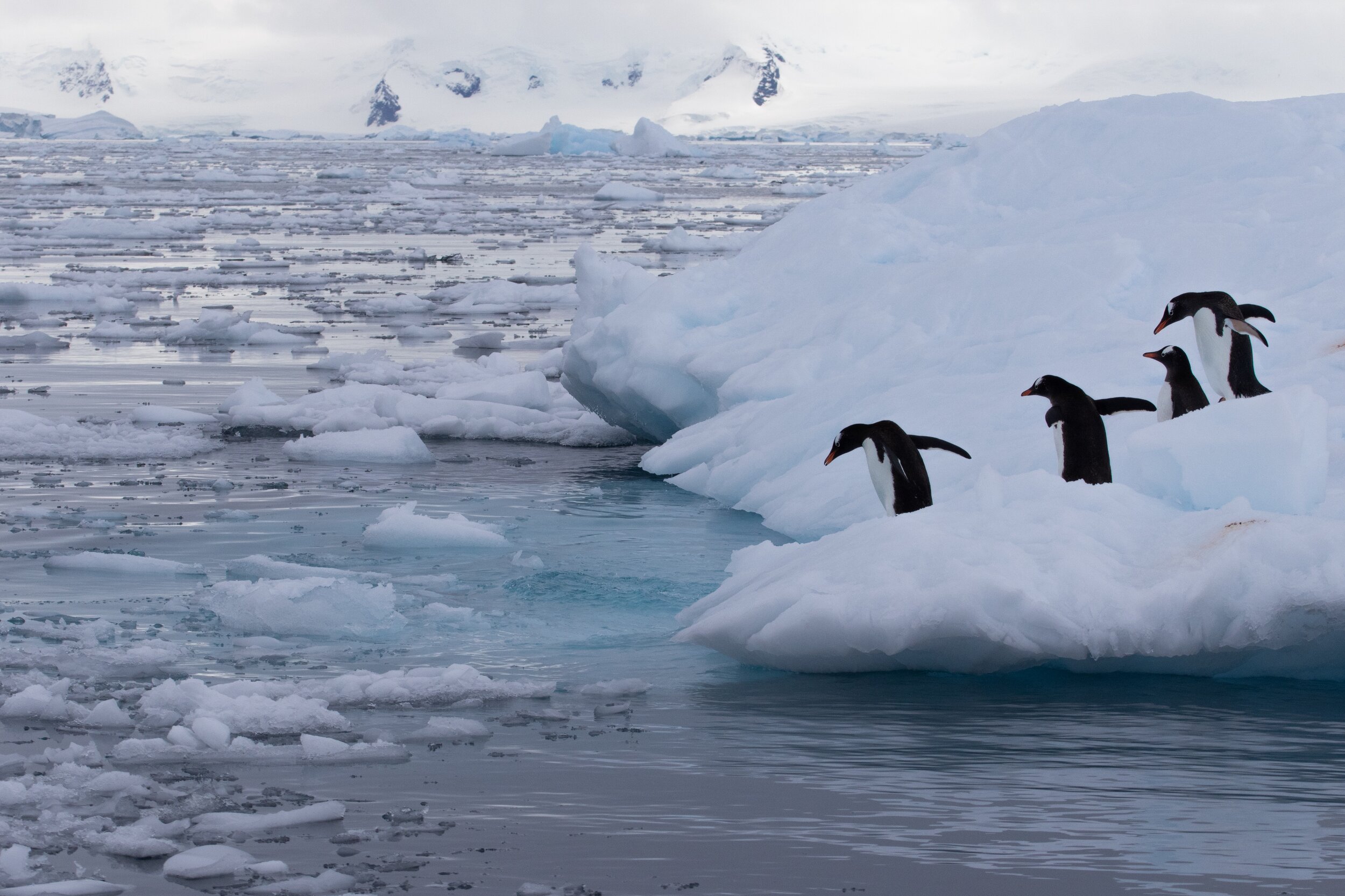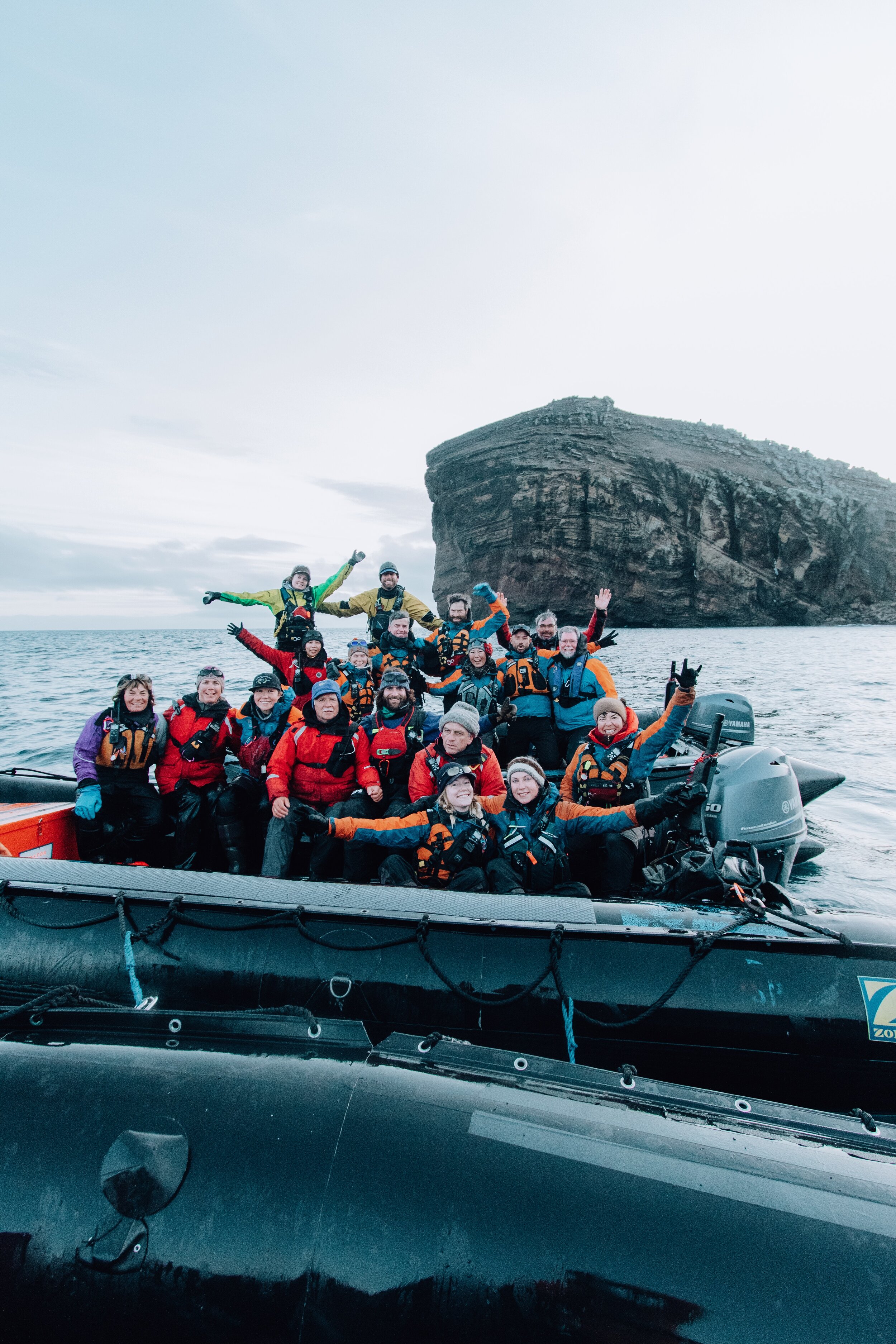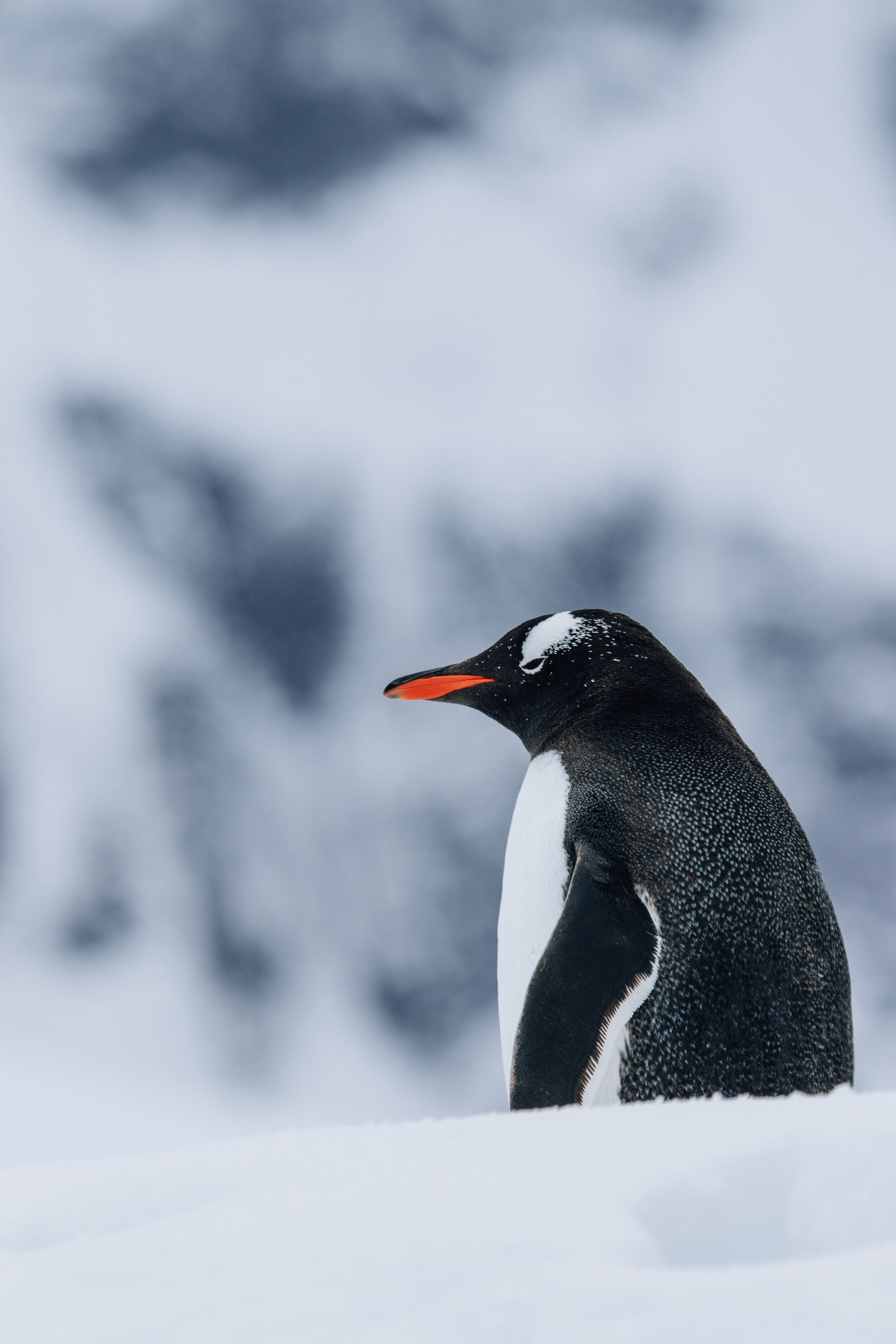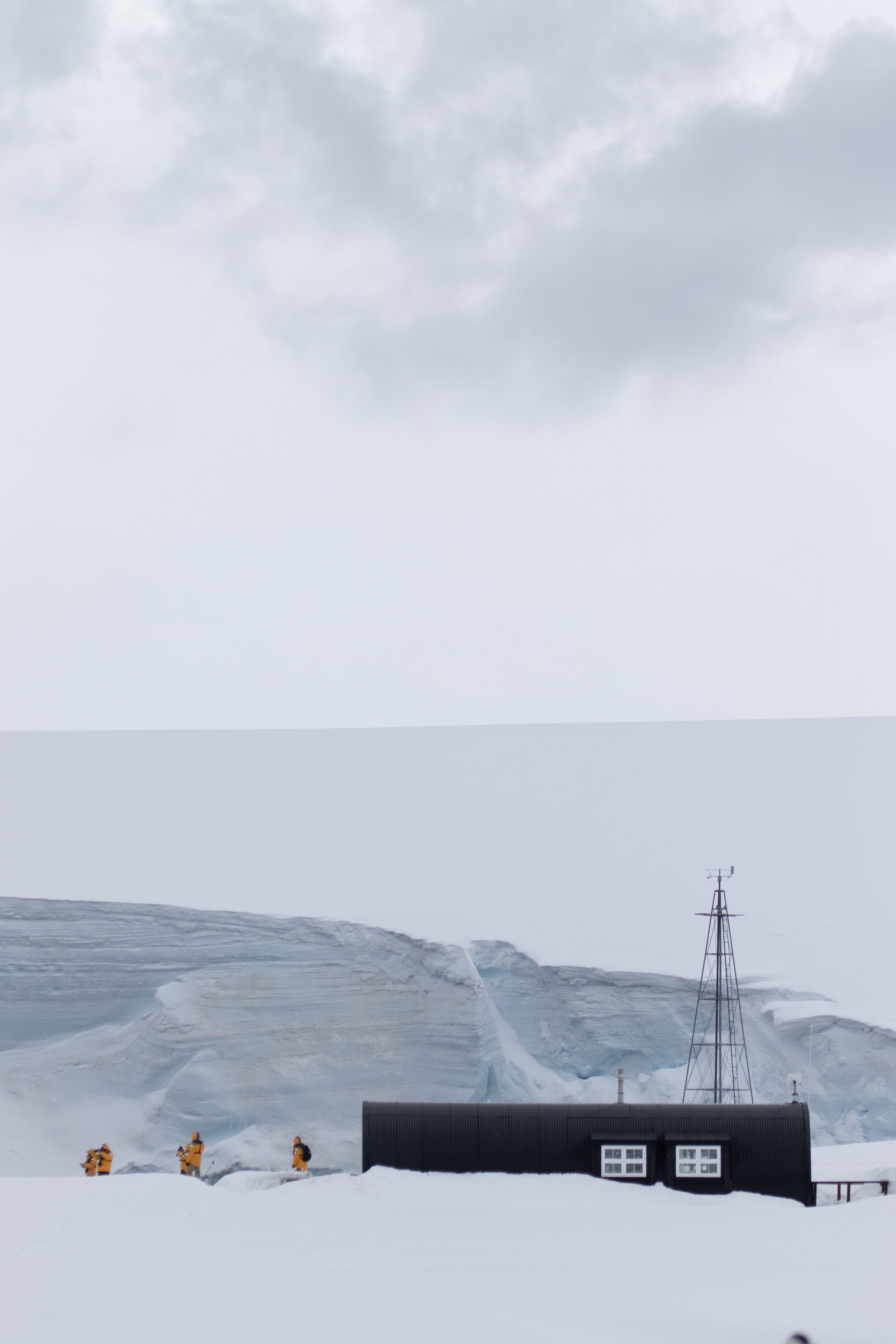Traveling to Antarctica was easily my favorite travel experience of the year. When I set off on any adventure, I look for opportunities to experience new places that will both amaze me and teach me to both appreciate and understand more about the world around me. Antarctica is one of those places that both amazes and teaches you, and should definitely be on your Bucket List. Here are 9 Things I wish I knew before taking a trip to Antarctica on an Antarctica Cruise:
1. How Cold is Antarctica? Not as cold as you think The Weather in Antarctica will actually surprise you, while the temperatures can get as low as -60 degrees celsius (-76 degrees F) deep inside the continent, along the coasts the temperature is much warmer. You can only visit Antarctica as a tourist between the months of October to March, which is summer in Antarctica and offers the most stable temperatures (0 to 50 degrees Fahrenheit). For a breakdown in month by month weather on the Continent, Click Here. Many Expeditions actually provide Polar Jackets and Much Boots for you to wear, but if not following a detailed Packing List will help you best prepare for your experience. People (mostly researchers) who spend a lot of time on the continent will convince you that there is no bad weather, only bad clothing - so come prepared!
2. Do People live in Antarctica? Actually No, but there are Researchers and Tourists. Antarctica has no permanent residents, but does have researchers who live on the continent during summer or winter shifts. The Population of Antarctica’s largest research base, McMurdo Station is 1000 in the summer and less than 200 in the winter. A unique aspect of expeditions to Antarctica, is that you will travel with Researchers who stay onboard your ship and are Experts in every part of Antarctica from the Wildlife to the Ice and the Global Warming Controversy.
3. Are there any towns or Cities in Antarctica? The Answer is No Again, only research stations - 45 of them to be exact. Antarctica isn’t owned by any country, but instead the Antarctic Peace Treaty allows for 30 different Nations to send research personal to study and understand the continent. For a list of these 30 countries and the locations of each of the research stations, take a look at the United States Antarctic Research Report
4. How do you get to Antarctica? There are two ways to get to Antarctica, by expedition ship or by flying. Crossing Drake’s Passage take 1-2 days depending on the Weather, which gives you a solid 6-7 days on the continent (most expeditions are between 10-12 days in length). If you are concerned about getting motion sickness, flying could be a good option (although it is much more expensive).
5. Take an Expedition Cruise to Antarctica rather than Flying. While there are flights to Antarctica, embarking on a trip to the continent via expedition ship gives you an authentic experience that mimics that of explorers years ago, and gives you the chance to learn from researchers onboard your ship.
6. Should you be concerned about getting Seasick? Anytime you go on a cruise, especially on a smaller ship (most Antarctic Vessels are under 200 passengers) it is good practice to make sure you are prepared for the motion. This means packing medication like Benadril, Motion Patches, or a more natural option - ginger tablets. On most ships, they will have candied ginger available for you to chew on during the days that the ship is crossing open water. I’ve been very lucky on all my open water crossings in Antarctica, and haven’t ever experienced bad motion sickness - although I always do come as prepared as possible!
7. Lots of Animals Live in Antarctica, but NOT Polar Bears. Many people don’t realize just how much wildlife actually exists in Antarctica, because actually there is quite a lot of it; 4 species of penguins, 6 species of whales, 6 species of seals, and 46 species of birds. As you cruise along the coast of Antarctica you will experience lots of different wildlife, up close and personal. Study our Antarctica Wildlife Guide to Antarctica to be prepared in advance.
Expert Note: If you get the chance to add on a visit to The Falkland Islands, South Georgia, and the Sandwich Islands I would highly recommend it. South Georgia is known for it’s large Penguin, Seal, and Albatross Colonies (as in the photos above) and is an incredible experience for any wildlife lover.
8. Antarctica is Big, very BIG. Antarctica is 5 Million Square Miles, making it the 5th largest continent. Many people also wonder if Antarctica is a Desert? Well, yes actually it is (larger than the Sahara Desert). Antarctica is the coldest, windiest, and most isolated continent on Earth, and is considered a desert because its annual precipitation can be less than 51 mm in the interior. It's covered by a permanent ice sheet that contains 90% of the Earth's fresh water.
9. Can you actually step foot on the Continent? This is the most important question we get, and the answer is YES (but only if you go on the right kind of Expedition). Large Cruise Ships (that hold more than 200 passengers) are not able to allow you to step foot on the continent, simply because there are strict regulations around how many people can step foot on the continent each year. On your expedition you will have 3-6 opportunities to actually step foot on the continent, walking around penguins, giant ice formations, and past clusters of seals. On the days that you do not make “landings” you will have the opportunity to cruise around the Antarctic waters in small boats called Zodiacs, allowing you to get close to both Whales and Giant Icebergs. It’s an incredible experience.
Spending so much time traveling to the Continent of Antarctica, has really helped me understand just how remarkable (and precious) of a place it is. If you get the chance to take a trip to the frozen continent, do it. Trust me, you won’t regret it and it will teach you more about yourself (and the world) than you ever thought imaginable. In fact, why not join us on our Next Trip to Antarctica.
